‘He is always in my heart’
April 04, 2024
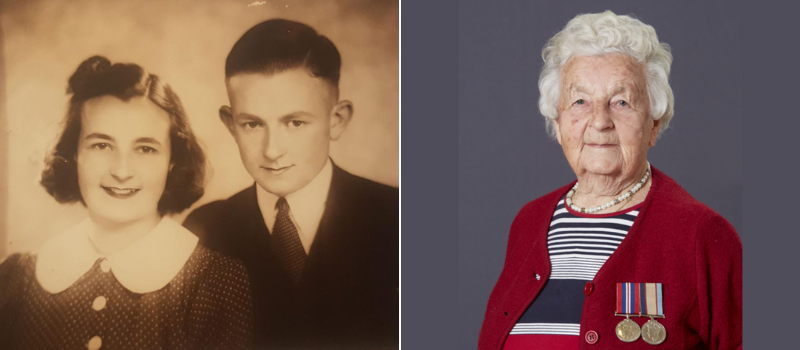
Pictured left: Twins Merle and Don Storrie; Pictured right: Studio portrait of Merle Kelway Hare who served in the Women’s Royal Australian Naval Service during the Second World War.
To commemorate ANZAC Day, Caring Matters is featuring Merle Hare’s incredible story of love, loss and everything in between.
The resident of Southern Cross Care’s Haseler Court Retirement Village in Braddon, ACT, served in the Women’s Royal Australian Naval Service during the second World War and is one of the last female survivors of the conflict.
At 104 and one of our oldest residents, she continues to be an inspiration, living independently and spending her days looking after her small garden and actively taking part in her beloved community.
She was honoured in a special series compiled by the Australian War Memorial called Reflections – Honouring our World War Two Veterans.
Reflecting on her long life, the one event that stands out is her memory of hearing that her twin brother, Sergeant Donald Kelway Storrie, was missing, presumed dead after his plane had disappeared while laying mines in the South China Sea. She was in the Navy and was called to the Office with the news, she was in shock, but as a Navy person, still had to keep going.
She never heard from him again.
Almost 80 years later, Merle says she still misses her twin brother every day.
“It’s the worst thing that has happened to me in my life,” she said.
“It’s never ever left me, and here I am; I’ve lived 104 years, and Don only had 25.
“After all these years, there might not be tears, but he is always in my heart, and I always think about him.”
Merle and Don were born in Elsternwick, Victoria, in 1920 and grew up in the Dandenong Ranges.
He was completing his apprenticeship with John Sharp and Son in South Melbourne when the Second World War broke out in 1939.
“It was about nine o’clock at night, we’d had our meal, and we were sitting there in the lounge room when the then Prime Minister came on the radio and made that statement. ‘People of Australia … The news has just come through … Germany has invaded Poland … England has gone to help the Polish people, and therefore we are at war with Germany.’ I remember that clearly … and I’ve recited that many times.
“There was no conscription then, and everybody … all our school mates, all the young men … they all joined up straight away in a great rush … whereas Don had to finish his apprenticeship, apprentices were not allowed to join up to go overseas during the war, they had to wait until they finished so he had to wait another year.”
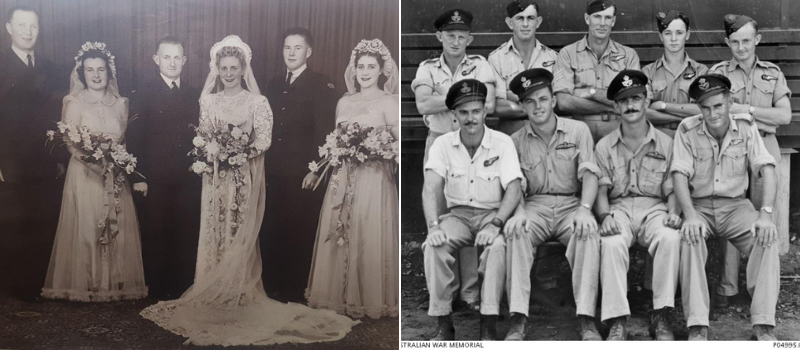
Pictured left: Merle, on the left, was one of the bridesmaids at Don's wedding; Pictured right: Don (back row, far right) and the crew of No 20 Squadron, RAAF, Consolidated Catalina A24-203 which failed to return from a mission to the Pescadores Islands on the night of 7 March 1945.
Merle enlisted in the Women’s Royal Australian Naval Service in March 1943.
“I loved every minute of my time in the Navy, and I was very happy to join it,” she said.
“I was working in Myers in the city in the salaries office and was in the first intake of about 100 women.
“We had to wait until they built our huts, as we called them. We were going to the Flinders Naval Depot and each one of us had to have our uniforms tailor made because they had nothing for women.
“I used to work in the salary’s office, and I costed all the feeding of anything up to 3,000 men. You had your job, and it didn’t matter what you were, you did your job and that was it.”
When Don completed his apprenticeship, he joined up and was sent to 3 Operational Training Unit in Rathmines, NSW, where he trained as a flight engineer. He joined No. 20 Squadron in Queensland, working on the Catalinas, and returned to Melbourne in June 1944 for Merle’s wedding.
That was the last time she saw him.
“My wedding was something I’ll never forget for a number of reasons,” she smiled.
“Before I got married, I went into Myers and the man there knew me because I used to do their pays. I said I was going to get married, and I wondered what I could get for material, as you had to get coupons to buy anything.
“He just called this boy over and said, ‘go up to the storeroom and bring this down’. It was a great big thing of tulle, and he gave it to me and said, ‘There you are; get your frock made of that’.
“My mum had a friend who was a great dress maker, and she made my wedding dress for me.
“My two sisters-in-law used it when they married, and four of the girls in the WRANS also borrowed it as there wasn’t a lot available.”
A few months later, Don moved to Darwin and was primarily engaged in laying mines to the north of Australia.
Don had flown 18 missions with the squadron and was the flight engineer on Catalina No. A24-203 when it left Darwin, bound for Jinamoc Island, on 1 March 1945. Arriving safely at the island, it left on the 7th of March for Lingayen Gulf, where it refuelled before taking off again almost immediately on an operational flight to lay mines in the South China Sea.
It was never heard from again.
Searches were conducted in the area around south-east Formosa – known today as Taiwan – but no trace of the aircraft or its crew members was found. They were reported missing, and were presumed to have been killed in action on 7 March 1945.
It was a devastating blow for Merle and her family.
She was in Sydney with her husband when the war ended just five months later.
“We’d all gone up to the Blue Mountains for the day … and when we got back, we went into Martin Place, and everyone went mad,” she said.
“I’ll never forget that. They were all very happy – very happy indeed – and it was an unbelievable feeling really, but I had lost my twin brother so I’m afraid I broke down, knowing he wouldn’t be coming back.”
Today, Don and his crewmates are commemorated on the Labuan Memorial in Malaysia and their names are listed on the Roll of Honour at the Australian War Memorial.
Merle named her son Don after him, and still has the letters he wrote to her during the war.
“I’d lost him in the March, and that was the worst thing that ever happened to me,” she said.
“It always has been, and it still is … but that’s all memories now, and life goes on.
“When you get to 100, nothing fazes you anymore.”
To read the full story click here: 'He is always in my heart' | Australian War Memorial (awm.gov.au)
- Information and photos courtesy of the Australian War Memorial, AWM2017.520.1.2188
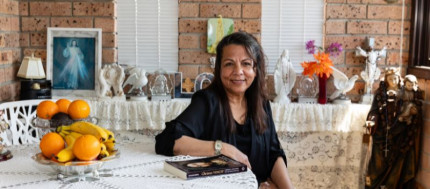
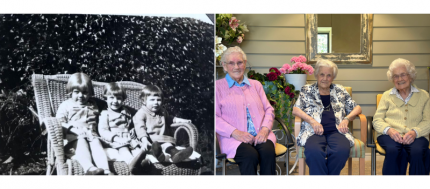

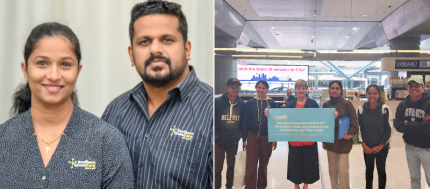
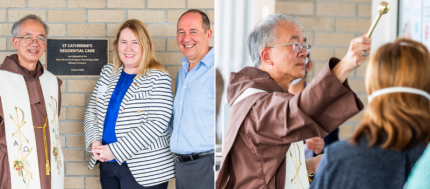
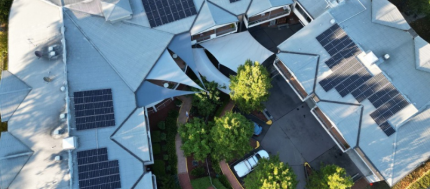
Thank you for submitting your comment!
We've submitted it for review, and it should be visible shortly